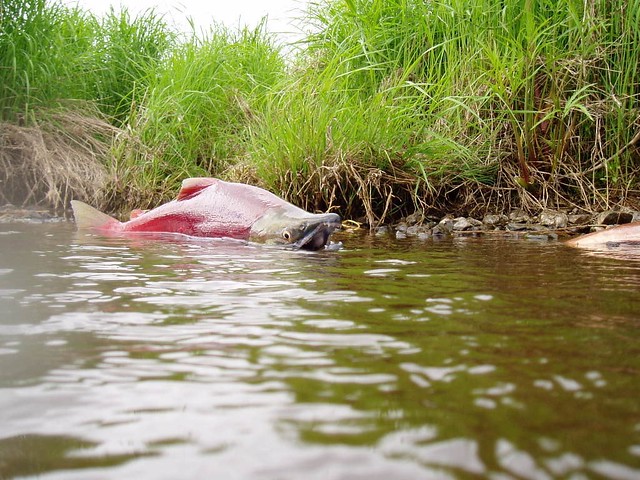Still not enough to make up for shortfall in North Central Washington
 |
| 2015 drought photo perspective |
We’ve seen some wet weather across the state in the weeks since drought was declared in a few of our Central Washington watersheds on April 4. And that has been welcome news! This is especially good news in the watersheds that were looking iffy a month ago in Western Washington, particularly parts of the Olympic Peninsula and the Nooksack in Whatcom County.
The lowland precipitation will help with soil moisture, but it won’t make up for the shortage of snowpack that feeds the Methow, Twisp, Okanogan and Similkameen rivers in Okanogan County. Runoff is looking pretty dismal from the British Columbia mountains that are a source for these streams.
As the state’s water supply manager, we evaluate water supplies statewide in consultation with state and federal partners who are watching precipitation closely
“We’re still watching the Upper Yakima Basin, which provides irrigation water for farmers downstream and supports important tributaries crucial to salmon and bull trout survival,” said Jeff Marti, drought coordinator for Ecology.
North Central Washington hasn’t received as much as the lowlands and is projected to have 65 percent of normal water supplies through the summer.
That may not seem like cause for alarm, but it is considered drought conditions. For farms that depend on river-fed water supplies and fish that need healthy stream flows to travel to spawning grounds, 75 percent of normal can mean trouble.
According to Scott Pattee, water supply specialist for Natural Resources Conservation Commission, March started off promising with reasonable snowfall in the mountains and even a rare shot of snow in the low lands during week two.
However, overall, Washington experienced less than 20 percent of normal precipitation in March. That is the fourth driest March since 1895.
“For every day that went by without mountain snow accumulation we lost ground,” said Pattee.
Agriculture communities depend on snowpack for water
Washington is a beautiful state known for its lush evergreens, soggy winters, and rainy spring season. But the state is far more diverse. When you get east of the Cascade Mountain Range, our central and eastern regions have sunny, arid landscapes that are rich in agriculture. Orchards abound, hops flourish, and picturesque rows of crops are a reminder of Washington’s agricultural abundance.Precipitation is vital to our agrarian communities. Snowpack in our mountains feeds the
rivers that supply water to irrigation districts. This cool, rushing supply of water also provides prime conditions for fish to thrive and spawn.
Gov. Jay Inslee’s drought declaration allows state agencies and local conservation and irrigation districts to take actions to assist farmers and implement drought response planning for fish agencies and small communities. Such actions include making emergency water transfers more swiftly. Watersheds declared in drought include the Methow, Okanogan, and Upper Yakima basins.
Although a statewide drought isn’t anticipated impacts state experts are watching all watersheds closely. For more information about water supplies, visit our drought and statewide conditions web pages.
By Camille St. Onge and Joye Redfield Wilder, communications

No comments:
Post a Comment
We will not post comments with links to commercial sites, so please do not include them! Thank you.
(Comments Policy)